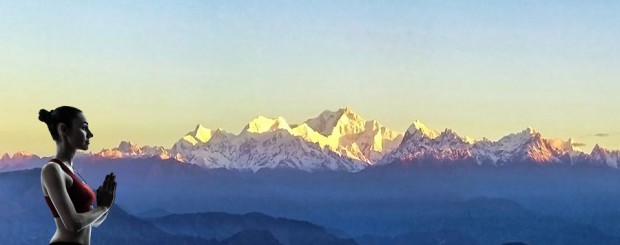About Bhavana

Bhāvanā literally means "development" or "cultivating" or "producing" in the sense of "calling into existence." It is an important concept in Buddhist praxis (Patipatti). The word bhavana normally appears in conjunction with another word forming a compound phrase such as citta-bhavana or metta-bhavana. When used on its own bhavana signifies contemplation and 'spiritual cultivation' generally.

















